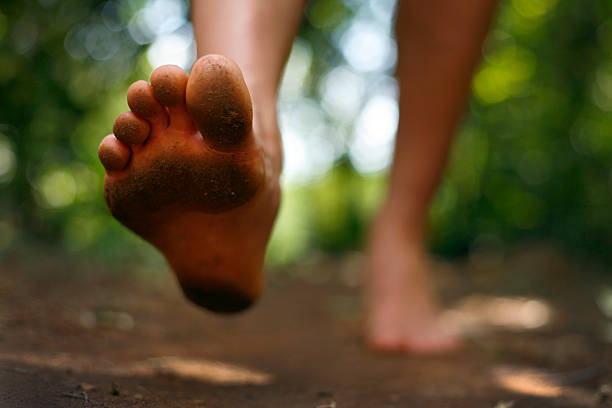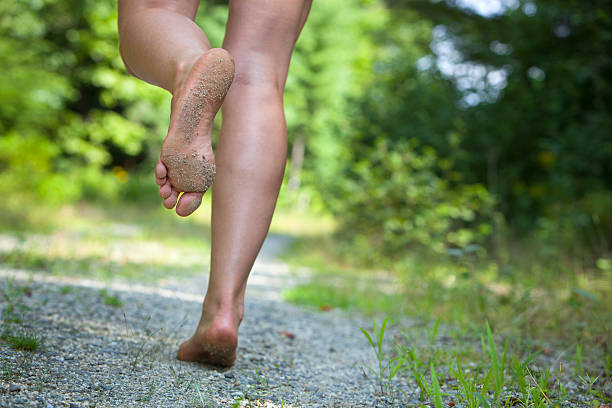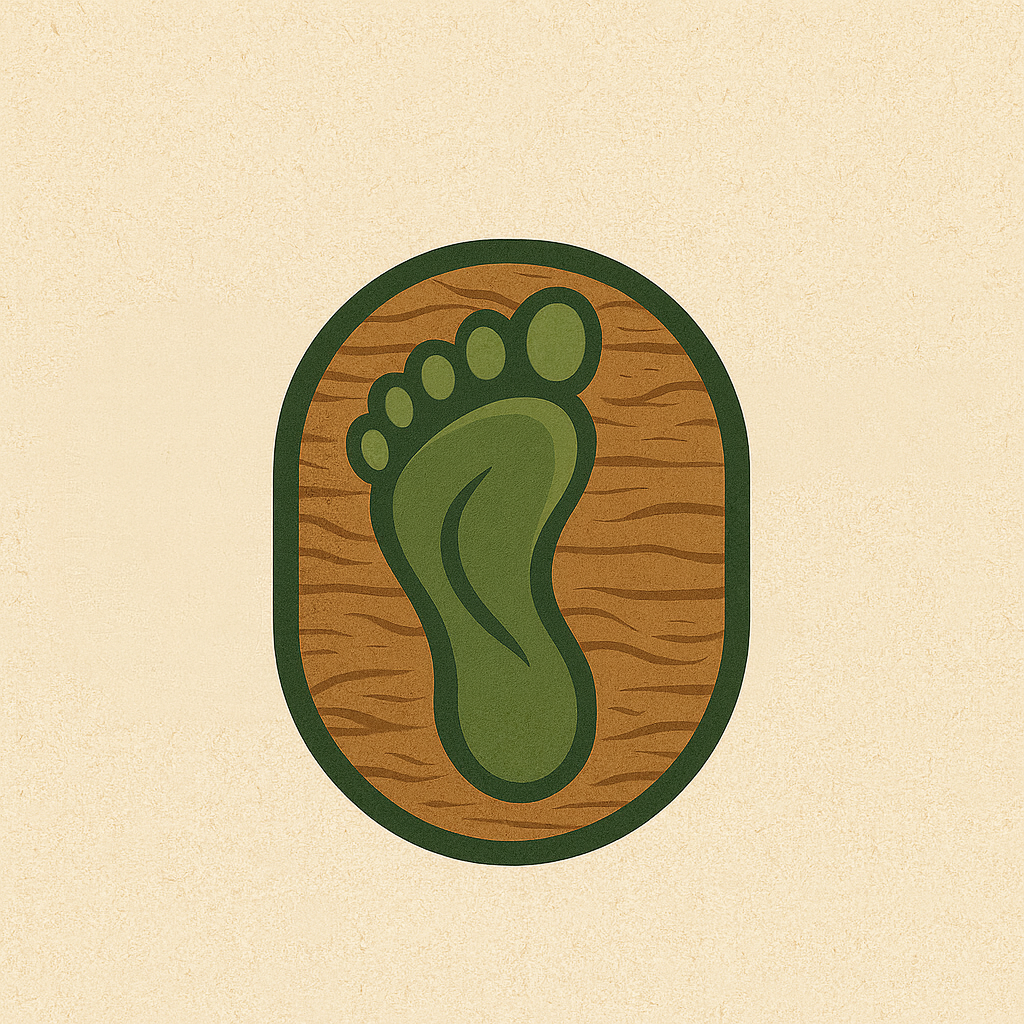How to Switch Safely in 12 Weeks
Making the move to barefoot or minimalist shoes can transform the way you run. You’ll build stronger feet, improve posture, and rediscover the natural “spring” in your stride. But it’s also a big change for your body — one that needs time and patience.
In this guide, we’ll walk you through a 12-week barefoot transition plan designed to reduce injury risk and help you enjoy the process.

Why Transition Slowly?
Most of us have spent years in cushioned, supportive shoes. Our feet, calves, and Achilles tendons adapt to that. Switching too quickly into barefoot shoes often leads to:
- Calf soreness
- Shin splints
- Plantar fasciitis flare-ups
- Stress fractures
A gradual approach lets your body adjust safely while you build strength and mobility.
The 12-Week Barefoot Transition Plan
Weeks 1–2: Feel the Ground
- Walk barefoot at home as much as possible.
- Add 5–10 minutes of barefoot walking outdoors daily.
- Focus on posture: tall spine, light steps.
👉 See our guide to the best barefoot shoes for beginners
Weeks 3–4: Short Barefoot Walks
- Increase outdoor barefoot walks to 20–30 minutes.
- Add light mobility: calf raises, ankle circles, towel scrunches.
- No running yet.
Weeks 5–6: Introduce Barefoot Running
- Start with 5–10 minutes of running on grass or a track.
- Limit to 2–3 short sessions per week.
- Rest or walk barefoot between run intervals.
👉 Check out our review of Vivobarefoot Primus Lite — a great first running shoe.
Weeks 7–8: Extend Running Time
- Run 15–20 minutes per session.
- Mix barefoot/minimalist running with your usual shoes if needed.
- Add strength: single-leg calf raises, short barefoot hops.
Weeks 9–10: Go Further
- Build up to 25–30 minutes of barefoot running.
- Run on a mix of surfaces: track, grass, pavement.
- Focus on cadence (light, quick steps) rather than stride length.
👉 Looking for a budget barefoot option? Try Saguaro shoes.
Weeks 11–12: Transition Complete
- Run 30–40 minutes fully barefoot or in minimalist shoes.
- Reduce mileage in traditional shoes.
- Keep up foot and calf strength exercises.
From here, you can gradually extend runs as your body allows.

Tips for a Smooth Transition
- Listen to your body — soreness is normal, pain is not.
- Rotate shoes — mix barefoot shoes with regular trainers at first.
- Run short & fast — form improves more quickly with sprints than long slogs.
- Strengthen daily — simple foot and calf drills make a big difference.
Common Questions
How long does it take to fully adapt?
Most runners feel comfortable in barefoot shoes within 3–6 months, though complete adaptation can take a year.
Can I still run long distances barefoot?
Yes — but only once your body has adjusted. Many runners complete marathons in barefoot shoes.
Which shoes are best for beginners?
- Vivobarefoot Primus Lite – versatile, everyday option
- Xero Shoes HFS – lightweight running shoe
- Saguaro barefoot shoes – budget-friendly
Final Thoughts
Switching to barefoot running is about rewilding your stride. If you take it slow, strengthen your feet, and listen to your body, the rewards are worth it: more natural movement, fewer injuries, and a renewed joy in running.
👉 Ready to start? Explore our full range of barefoot shoe reviews to find your perfect pair.
